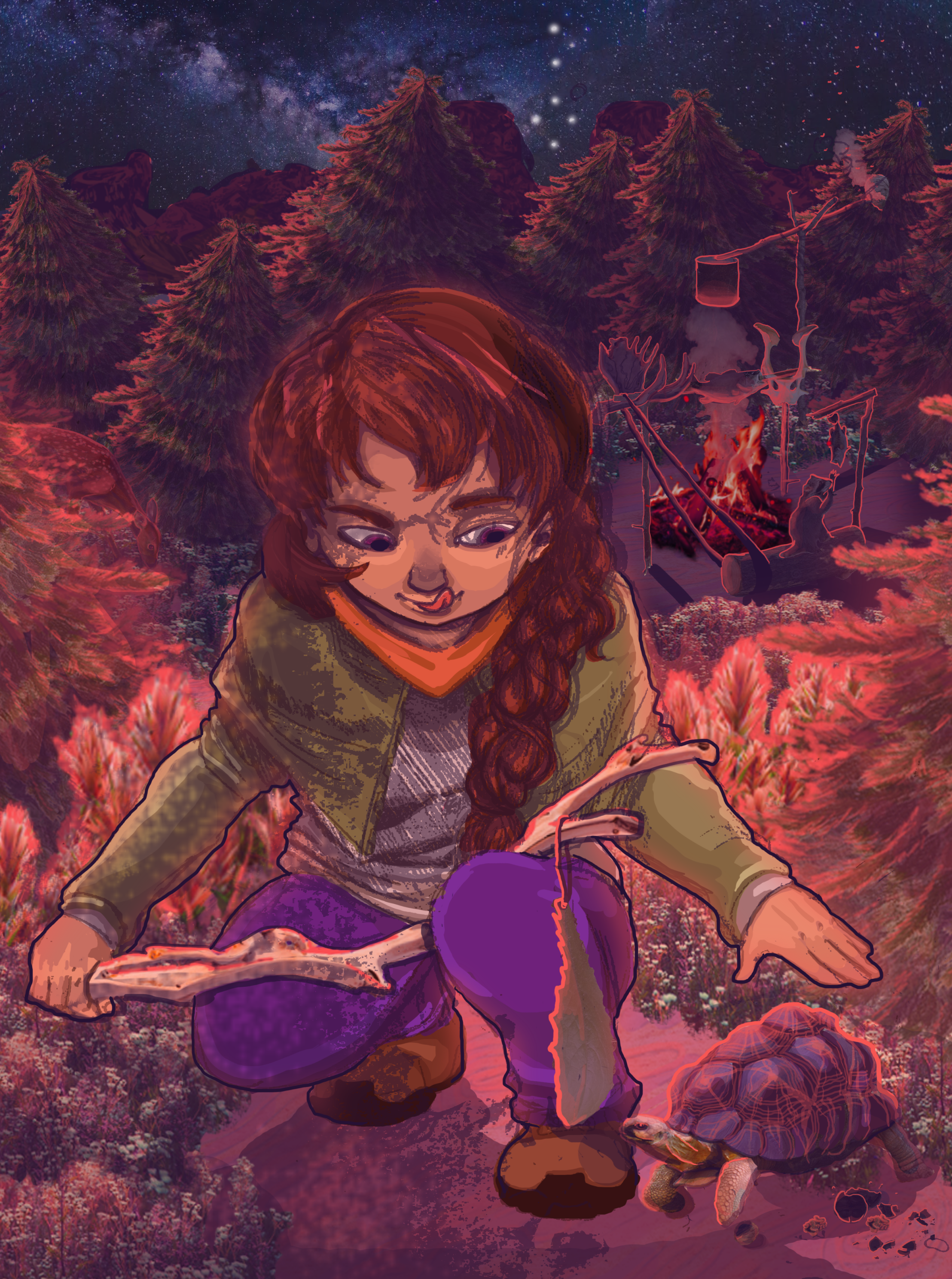Storytelling Structures In MegaMan X
April 27, 2017
In screenwriting, a critical moment of any story is the moment when the theme is stated. Typically delivered by a supporting character or villain to the protagonist, the theme is, of course, what the film is all about. In his Youtube video, “Sequelitis – Mega Man Classic vs. Mega Man X”, Egoraptor invokes the notion of “theme stated” in the context of game storytelling, which sparked my interest. He pinpoints the moment that the theme is stated within the game to the moment that Zero, the elusive and powerful fighter, saves the player -Mega Man- from a boss that is too powerful to defeat.
Meeting of the Mentor...
This moment is reinforced by the entire progression of the level and culminates at that point. It follows the conventions for "theme stated," in that a supporting character (and sometimes rival) introduces the theme to the player. What’s interesting, however, is how the rules of storytelling manifest themselves within a game overall. Egoraptor lauds Mega Man X for its ability to convey game intent and goals to the player through the use of ingrained game design components versus explicit rules or goals. Egoraptor relates its success to the game designer’s mastery of “conveyance,” or the ability to guide a player through a world through cues and indicators within the world itself.
Egoraptor outlines how Mega Man crafts an excellent level of conveyance throughout his video as he plays through the first level of the game. Beginning with the title screen, the game's designers use every possible instance in order to convey goals and mechanisms to the player.
Trials...
As MegaMan combats mini bosses , the game designers have used a smaller, focused interaction with multiple game bosses in order to help the player realize and utilize the different mechanics available to them. A key feature of this instance is that the game designers are able to convey the solution to the interaction without the use of text or explicit means of communication. The pacing of the monsters’s movements allow the player the opportunity to experiment and find the solutions themselves within a limited palette of available actions.
Zero’s interaction with Mega Man breaks from this dominant design model by communicating through text instead of action. Egoraptor argues that this dialogue breaks the mode of conveyance, but is warranted because Zero is used to express the theme of the game. This is close, but makes an exception for this scene in a way that may be unnecessary. I would argue that the reason Zero’s introduction is not disjunctive to the rest of the game’s experience is in fact because it solidifies a theme conveyed, but not explicitly stated, in the very first interactions the player has with Mega Man X.
Opening Image...
In the title screen, Mega Man fires a special bolt when the player selects "game start," but this observed power is not given to them at the beginning of the game. Already, this conveys the arc of growth and empowerment that shapes Mega Man X. By the time Zero is introduced within the game, the player has already realized their limitations and incorporated the game’s goal within their understanding of the world. Zero’s presence serves to verbally express the theme the player has already pieced together. Zero serves to reflect the player’s understanding of the game, manifesting internalized information rather than presenting anything disjunctive. In other words, Zero does not break the player’s immersion because Zero represents an internalized understanding of the game on the part of the player.
References
[1] Egoraptor. “Sequelitis – Mega Man Classic vs. Mega Man X.” YouTube. YouTube, 31 Oct. 2011. Web. 27 Apr. 2017.
[2] Ibid.
[3] Ibid.
























